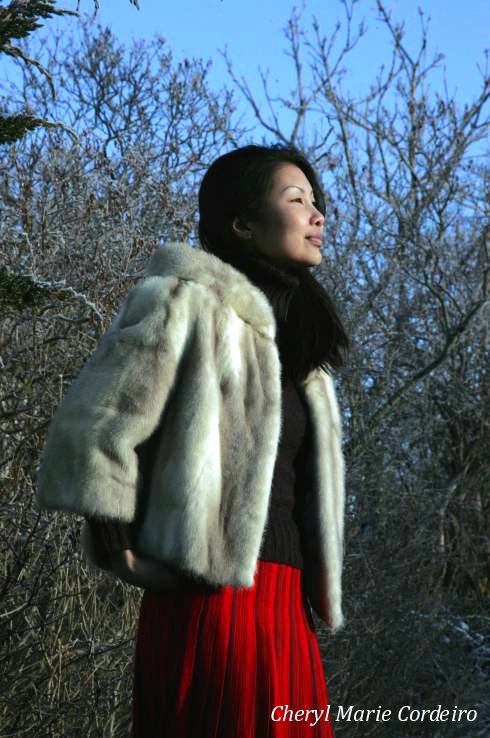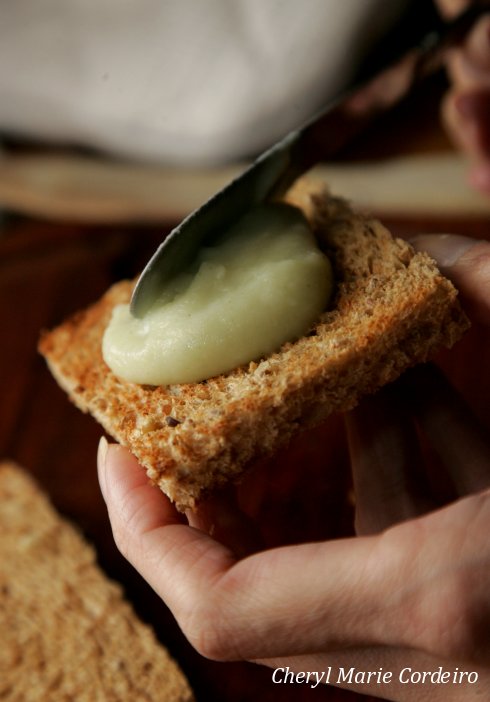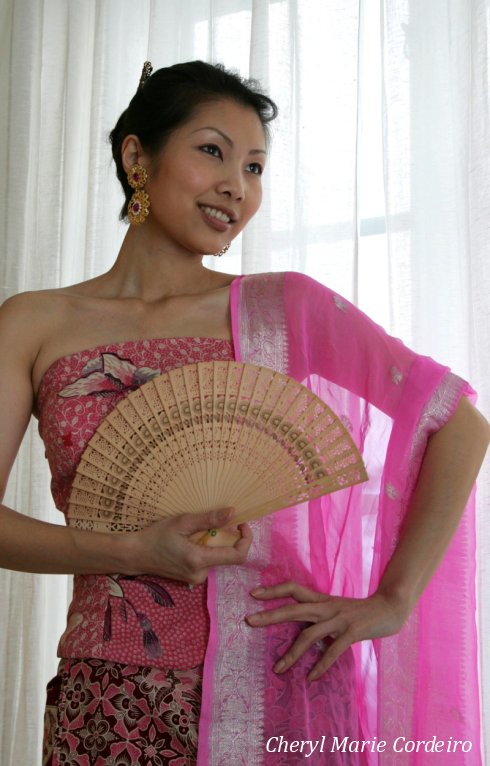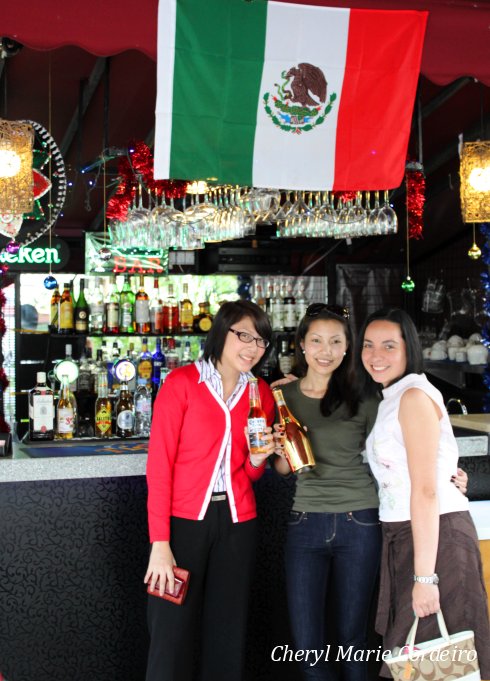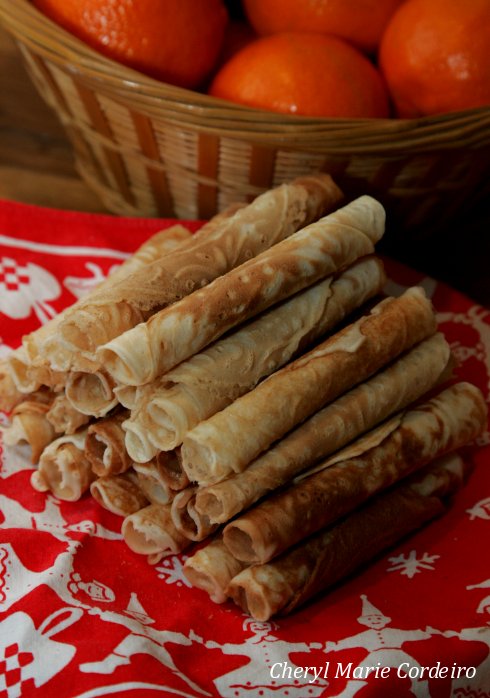
“Love Letters” or Kuih / Kueh Kapit also, in Swedish, rullrån.
Photo © JE Nilsson and C M Cordeiro-Nilsson for CMC 2011
These days mark the celebration of the Chinese Lunar New Year, beginning on 3 February 2010 and the day before would be when most Chinese families come together for a large family reunion dinner. My mother’s preference is for a family reunion dinner over “steamboat” or fondue chinoise as it is known in the west, with homemade sambal belachan chili, a variety of sambal belachan laced with a little bit of garlic in which you’d dip almost all food items that come out of the steamy broth before eating. The beauty of the steamboat meal is that the broth is simmering throughout, so you could spend several hours over a dinner that is constantly warm and with freshly cooked food.
Apart from the Lunar New Year’s reunion dinner, there comes with this festivity in my family several signature cakes and cookies that include pineapple tarts, kueh bahulu, kueh bangkit and as below kueh kapit or “Love Letters”.
Continue reading “Sesame seed laced Love Letters – A Chinese New Year tradition unfolded”


